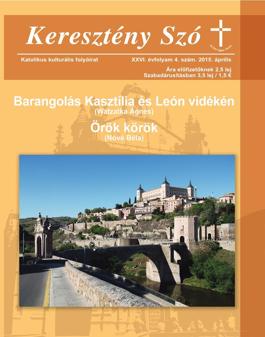
We kindly inform you that, as long as the subject affiliation of our 300.000+ articles is in progress, you might get unsufficient or no results on your third level or second level search. In this case, please broaden your search criteria.

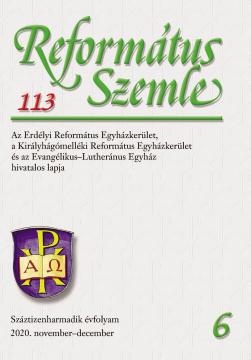
The congregations of the Reformed Church District of Királyhágómellék and Transylvania replaced the older hymnbooks twenty years ago. The replacement of 1921 hymnbook, previously used in the Partium region, and of the 1923 hymnbook used in Transylvania, opened a new chapter in the church singing practice. When comparing the origin and style layer of the songs in the two hymnbooks, the difference is striking, especially with respect to the 19th century melodies and the amount of 18–19th century ad notam songs in the 1921 hymnbook. From a structural point of view, the Hungarian Reformed Hymnbook focuses mostly on the hymns of the Reformation era and the German choral melodies, quantitatively closely followed by the Anglo-Saxon and Romantic hymns. The other valuable medieval, baroque and 20th century hymns are present in a merely symbolic proportion. During a hymnbook revision, it is not enough to drop rarely used or undervalued hymns. Rather, hymns with weakened influence need to be replaced. This is how we should approach our new hymnbook published nearly a quarter of a century ago. Its substantially new material should be regarded as a “profit” that needs to be discovered repeatedly and adopted in our worship services.
More...
In this paper I present an in-depth analysis of the writings of László Ravasz from the period 1903–1906. During this period, he graduated from the Protestant Theological Institute, the State University at Kolozsvár/Cluj, and spent a year of PhD research in Berlin. He started publishing in the journal Erdélyi Protestáns Lap mostly in the domain of religious studies. He still adheres to the liberal wing of theology, but in this period, he slowly starts to shift towards the so-called value theology, a much modern way of the long-standing liberalism.
More...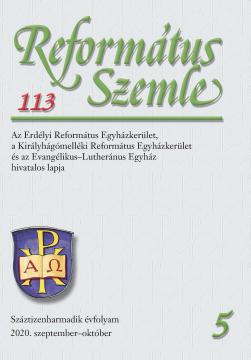
The present study examines from the perspective of dogmatics Eduard Böhl’s book entitled Christologie des Alten Testamentes oder Auslegung der wichtigsten Messianischen Weissagungen published in 1882. The study deals mainly with the introductory chapter. E. Böhl, professor of Reformed Systematic Theology at the Protestant Theological Faculty in Vienna from 1864 to 1899, was strongly influenced by the theological vision of H. F. Kohlbrugge (1803–1875), a Reformed pastor from Elberfeld, Germany. As a systematic theologian he followed the orthodox Reformed position which emphasised the inseparable unity of Scripture. From this hermeneutic stance he defended the Christology of the Old Testament. Böhl testified that God in Christ, in fact, repeated, confirmed, and accomplished on a higher level what had happened in the lives of Old Testament confessors. Old Testament writings legitimize Jesus’ coming, incarnation, salvation, suffering, death, and resurrection. The essence of Böhl’s standpoint is that some of the messianic texts do not refer directly to Christ, but above all to “types”, figures who carry the promise of salvation. Other parts, however, such as the psalms discussed in detail in his book, are unequivocal pieces of evidence of the promises of the Messiah who is embodied in Jesus Christ. In support of his view, he cited “the exegesis of the New Testament,” the apostles and evangelists, and the Targums, the Book of Enoch, and the Talmud among the Jewish religious literature. With his theological vision and writings, through his Hungarian disciples, Böhl exerted a decisive influence on the Reformed theological thinking and the New Orthodoxy in Hungary. This theological trend took up the fight against the spread of theological liberalism with its centre in Debrecen during the second half of the nineteenth century. Böhl, as a defender of traditional Calvinism, was a sure point of reference with respect to important theological issues.
More...
While approaching a well-researched topic, that of the fortified churches of Transylvania, the scope of this article is to look for possible answers to the question why the Saxons built so many fortified churches in Transylvania. For their number seems to be larger here than in other European states. To find these answers I examined the local topography, historic context (the Mongol invasion and the later battles with the Ottomans), typology, stages of building, identity and culture of the builders (Saxons), the role played by the church/religion at the time.
More...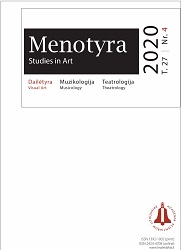
The article analyses the iconographic programme of the altars of St Trinity Church of the convent of former Bernardine nuns (Sisters of the Third Order of St Francis) in Kaunas until its closure in 1864 and reveals the expression of the spirituality of this order in the sacral art as far as the surviving few sources and heritage allow. In order to achieve the goal, the following objectives were established: (1) to reconstruct the old interior of the altar ensemble, (2) to reveal the most important peculiarities of the Bernardines’ spirituality, and (3) to highlight the logical connections between art and Bernardine spirituality in church art through the icono-theological approach. Scarce earliest sources indicate that the most venerated representation of the Virgin Mary and the relics of the True Cross were in the church in the first half of the seventeenth century, and the Feast of the Discovery and Exaltation of the Holy Cross was celebrated. These hints suggest that piety to the Crucifix and the Mother of God was prevalent at that time. The cult of the Crucifix is associated with the common origin of Franciscan religious devotion, which encourages following the example of St Francis by contemplating the suffering of Jesus Christ. Also, it is not difficult to infer that based on the name of the church, the high altar should have been dedicated to the Holy Trinity; therefore, there should have been appropriate piety practices. It is believed that the fraternity of the Holy Trinity was active from the time of the completion of the church. The main accents of iconography of the altars of the Bernardine Church in Kaunas were formed after the disasters in the mid-seventeenth century, the last fire in 1668. The Holy Trinity was the dominant accent of piety. A painting dated to the early eighteenth century that reflects the post-Tridentine recommendations for visual arts decorated the high altar of the same name. In the early eighteenth century, the exceptional piety to St Joseph also gains prominence: in 1703, the fraternity of St. Joseph was established and a separate altar was dedicated to this saint. The feasts of the Holy Trinity and St Joseph were celebrated. It is believed that the Bernardine nuns in Vilnius, who had settled in the city a little earlier, influenced the piety to the Holy Trinity. A highly developed and majestic iconography distinguished their high altar, visually emphasising the figure of the Crucifix. The exceptional piety of the Bernardine nuns of Krakow to St Joseph influenced the cult of this saint. The first Bernardine nuns came to Lithuania from Krakow and, without doubt, the Lithuanian nuns must have kept in touch with the nuns from Krakow. Devotion to the Virgin Mary and the Crucifix was further developed. Two altars in the church were dedicated to the Mother of God (Mary, Consoler of the Afflicted and Our Lady of Sorrows); also, there were altars of Jesus at the Pillar and the Crucifix. The relics of the True Cross preserved and venerated in the altar of the Crucifix are mentioned from the first half of the seventeenth century. The Feast of the Discovery and Exaltation of the Holy Cross was celebrated. The Bernardine nuns venerated the Franciscan saints and close followers and brothers of St Francis. This is confirmed by the altars of St Francis of Assisi (stigmatisation plot), St Clare, and St Anthony of Padua in the church. A closer study into the lives of the lesser-known saints who can be easily confused with other popular saints of the same name revealed a rich gallery of Franciscan saints, especially females, among them. Bernardine nuns had a separate altar and a feast dedicated to St Elizabeth of Hungary, the patron of the Third Order of St Francis and one of the most venerable followers of the example of St Francis’ life. In the context of other Bernardine monasteries in the Grand Duchy of Lithuania, the Bernardine nuns in Kaunas stood out for their veneration of this saint. Bernardine nuns also distinguished St Rose of Viterbo, St Agnes of Assisi, and St Barbara, whose cult is associated with active devotion of the Lithuanian Bernardines to this saint. The iconography of the Bernardine Church was influenced by the Convent of St George the Martyr in Kaunas, whose church was naturally richer and whose iconographic programme covered a broader spectrum. Interestingly, it also contained images or sculptures of all the above-mentioned saints associated with the Franciscan Observants, including the female saints lesser known to other communities of believers, while individual altars were dedicated to St Rose from Viterbo and St Barbara. The ensemble of church altars, which had been gradually evolving from the seventeenth century, and the practices of piety hardly changed until the closure of the convent in 1864. It is unfortunate that due to the lack of sources, many assumptions and questions remain, and one can only hope that further research into the interior of the church will lead to more discoveries.
More...
Kazimierz and Ewa (of Uwoyni) Burba, the wojskis (officials attending to the needs of soldiers’ families during wars) of Šiauliai and collators of the Church of St Peter and St Paul in Apytalaukis, donated the painting “The Sacred Heart of Jesus” to the high altar of the church in 1817. From 1755, when a fraternity of the Sacred Heart of Jesus was established, this altar had been decorated with an earlier painting of the same name. The painting donated by the Burba decorated the first tier of a new high altar erected after 1817 and the existing high altar that was built before 1920s (?). It is believed that due to its poor condition, the old painting was replaced with a copy during repairs in 1964, and it is this copy that is on the altar to date. In 2019, the painting was restored as it had lost many fragments of the paint layer, especially at the bottom. The prototype of this painting is the painting “The Sacred Heart of Jesus and the Eucharist” by Pietro Tedeschi (the Church of the Blessed Virgin Mary of Mount Carmel, Imola, 1780). It is believed that the painter used an engraving of this image, presumably by Lorenzo Capponi. The painting in the church in Apytalaukis is narrower and therefore the baroque composition created by Pietro Tedeschi is somewhat reduced and adjusted. In addition, the drawing, rhythm, and colours of the painting of 1817 are characteristic of the features of the classicist style and paintings of the Vilnius School of Art. Due to the analogies of stylistics and the wellknown fact of Kazimierz Burba’s acquaintance with the painter Jan Rustem, the painting is hypothetically attributed to this artist. The face of Jesus in the painting in Apytalaukis can be compared to Burba’s portrait by Jan Rustem (unfortunately, only a copy has survived). We propose the title “The Eucharistic Sacred Heart of Jesus” as it defines the iconography of the painting more precisely.
More...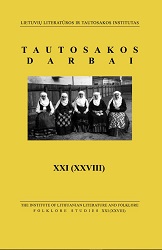
Subject: The symbolic representation of the bell in Slovenian culture. Purpose of study: To analyze the phenomena of the appearance of the bell in Slovenian folk heritage, bell inscriptions, iconography, Christian and pre-Christian rituals. Methods: Folklore, descriptive, historical.
More...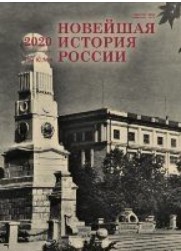
The article explores the opening of religious relics in the first years of Soviet power and the reaction to this opening by “popular оrthodoxy”. Holy relics — the bones and imperishable remains of holy people — are revered in both the Orthodox and Catholic churches. In 1918–1920, the Bolsheviks, knowing popular belief in the incorruption of Holy relics, organized the opening of Church relics, and instead of imperishable relics found only bones. Government officials, priests, and doctors were appointed to the Commission responsible for opening relics of saints. Thus, the Soviet authorities tried to discredit the Church. The organizers of the company for opening relics were those who before the Revolution were linked to the Orthodox Church. These were either former priests or people who served in the Synod. The opening of the relics was a great shock for the faithful and a great success for the new authorities. Instead of imperishable relics, the tombs were found at best with rotted bones. The results of this campaign were published in the press and were actively used by Soviet power later.
More...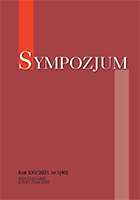
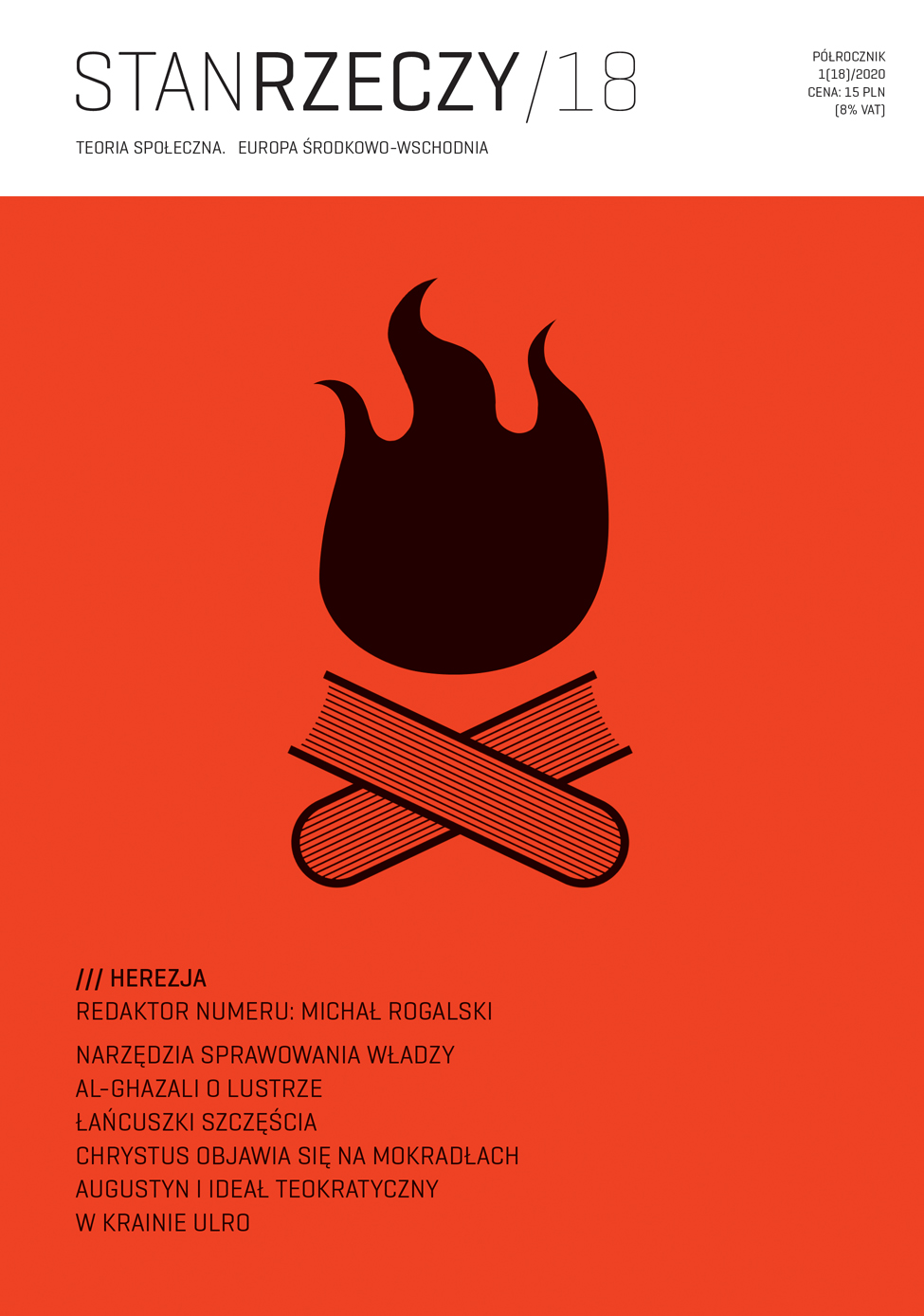
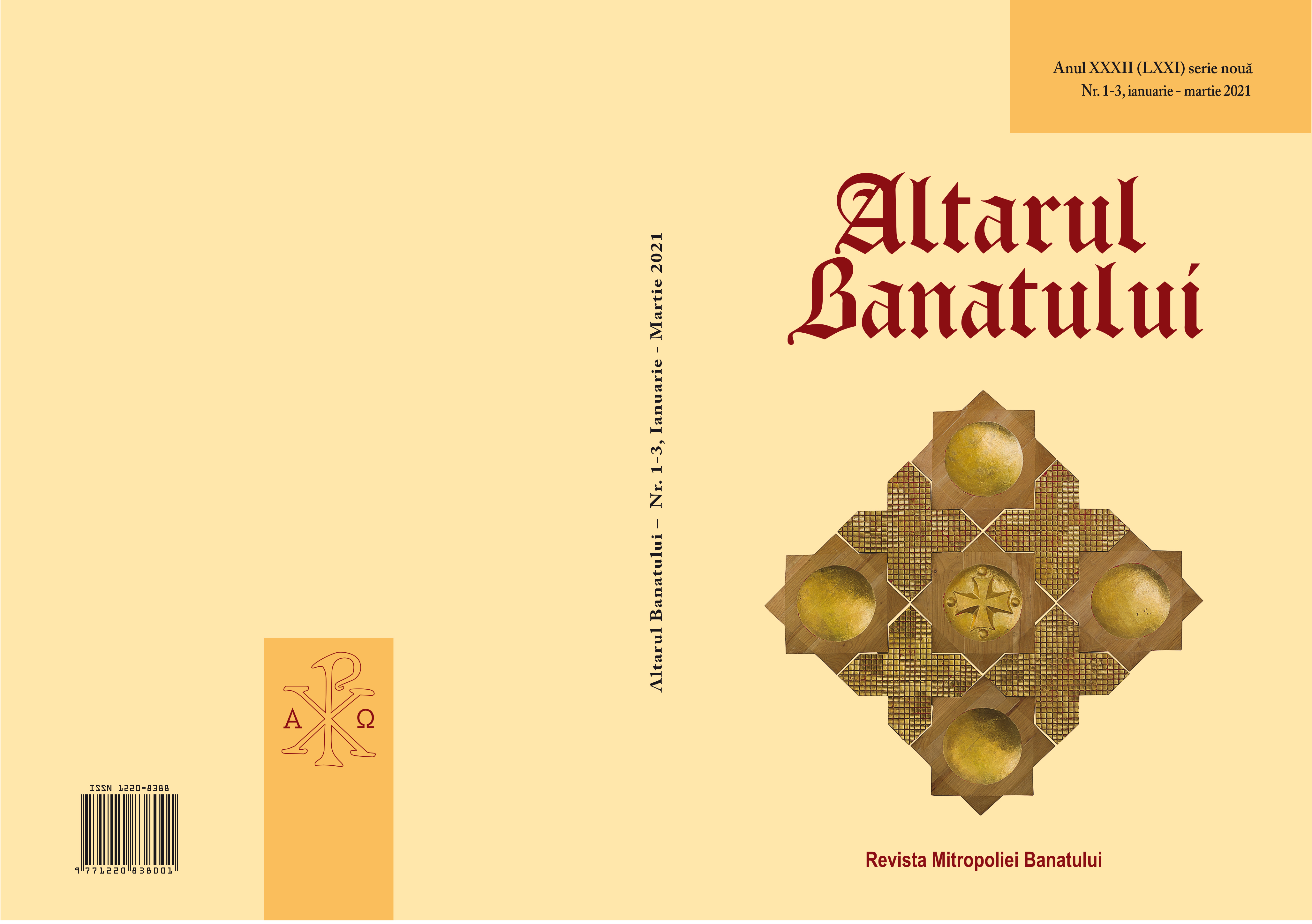
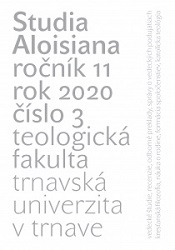
The review of: FOLETTI, I.: Ženy u oltáře? Nikdy. Jáhenky, vdovy i kněžky a ikonografie Matky Boží III. – VI. století, Brno : B/P Publishing, 2018. s. 76, Parva Convivia 4. ISBN 978-80-7485-175-9
More...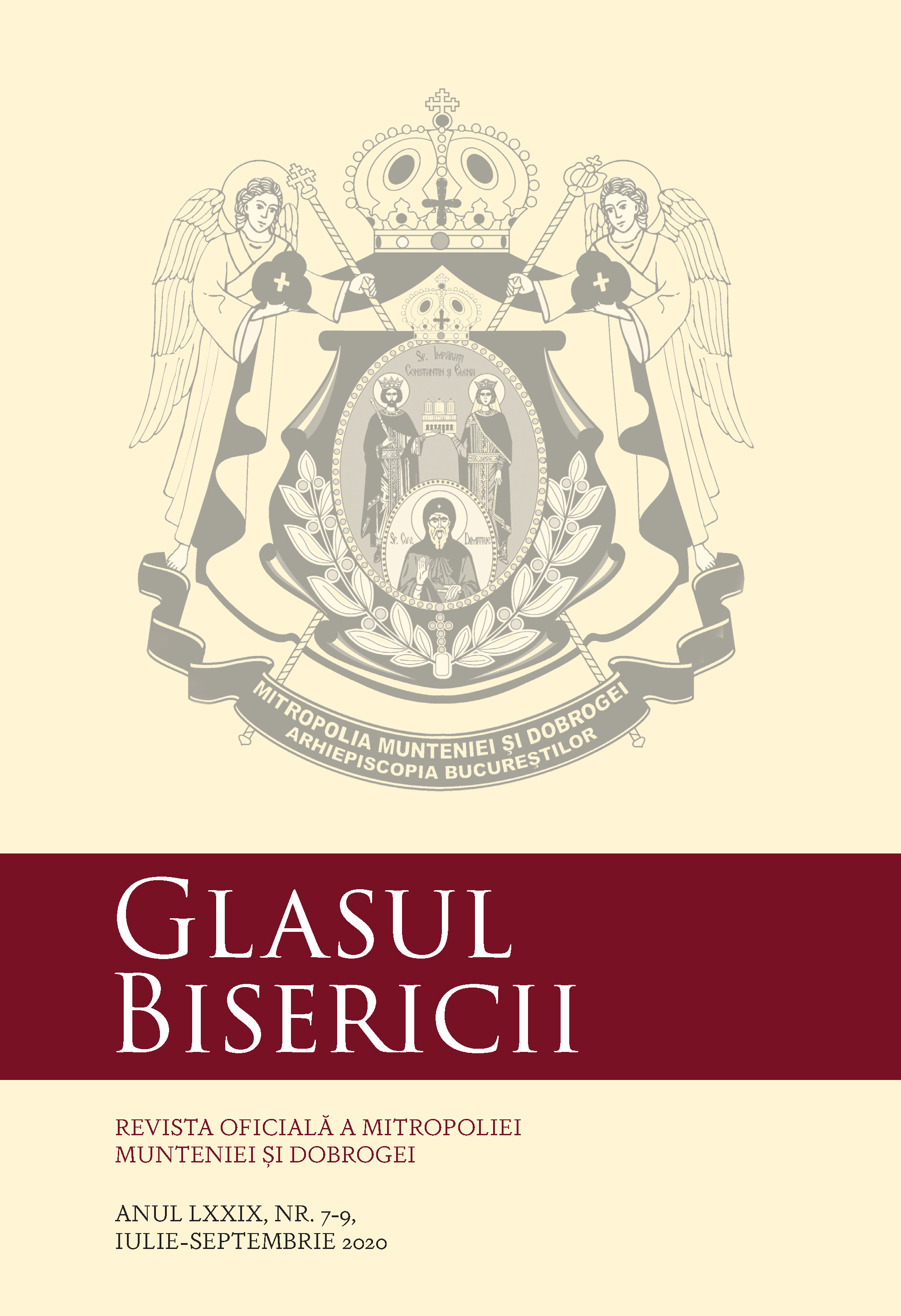
This study briefly analyzes a fifteenth-century Byzantine work written by John Kananos, which describes the Ottoman attack of Constantinople led by Sultan Murat II that took place in 1422. This text is the main source for this historical event, as the author himself was an eyewitness of the Ottoman assault. Concerning the reasons for writing his account, Kananos is very clear from the beginning of the treatise. He planned to narrate the defeat of the Ottoman armies by the Byzantine defensive, which was aided by the Panagia to a decisive end. In this regard, the text can also be read as an encomion dedicated to the Most Holy Virgin, as Kananos considered her to be the saviour of Constantinople. The connection between Virgin Mary and the Byzantine capital stretches from the moment of the foundation of the imperial city by Constantine the Great until the end of Byzantium. Hence, since its inauguration Constantinople was dedicated to the Mother of God, and later the Byzantine religious tradition placed Panagia at the center of the City’s numerous salvations from the foreign attacks.In his text, John Kananos describes how the Ottoman armies fled from Constantinople after Panagia showed herself on the fortifications of the City, aiding the poor Byzantine defensive. To create a contrast between the vast and fiercely power of the Ottoman armies and the weak Byzantine troops, the author introduces vast descriptions concerning the assault machines brought by the Ottomans to conquer Constantinople. Moreover, in order to parallel the divine aid received from the Theotokos with the prophetical predictions made by the Persian scholars and the Turkish ‘patriarch’ Mersaites on the fall of Constantinople, Kananos vividly describes the outcome of the armed conflict, which brought together divine and earthly powers, on the one hand, and many nations, both Christian and Muslim, on the other. In general lines, Kananos’ narration is a vibrant description of a medieval siege, an important Byzantine source for the history of late Byzantium, an anti-Ottoman work infused with late Byzantine perceptions on Islam, as well as a miracle tale dedicated to the Most Holy Mother of God. The study is followed by the first translation into Romanian of this Byzantine work, which had been annotated, offering to the reader historical and philological explanations, as well as bibliographical references.
More...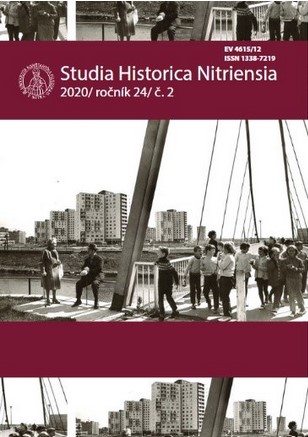
In our paper we deal with testaments of clergymen in the Kingdom of Hungary in the Middle Ages in relation with bishops and archbishops. As the highest ranked officials of the Church, bishops represented guarantees and protectors of testamentary law of clerics. Their episcopal power became a pledge for practical exercise of their testamentary law in the kingdom. They performed tasks as witnesses, executors or they provided confirmation of last wills in higher ranks of the hierarchy. At the same time they were recipients of various testamentary messages in material, financial or spiritual forms or they formed messages of such kinds. In our paper we also analyze personal testaments of bishops and archbishops.
More...
his paper aims to show us how the church and political reform in Russia during the 17th and 18th centuries influenced the situation in the Serbian Church. The reforms conducted by Nikon, the Russian Patriarch, had echoes in the Serbian Church. Emperor Peter the Great contributed to the development of education among the Serbs. Many Serbs during the 18th century were studying in Russia, among them the most famous was Jovan Rajić. Some settled in Russia and they had a significant role in ecclesiastical and political life.
More...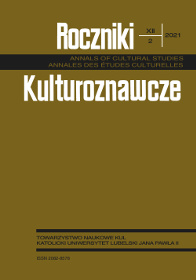
The twentieth century was a time of active expansion of Christian culture throughout the world. The Catholic and some Protestant churches resorted to this. This culture, becoming global, accommodated, and united a large number of cultural and religious minorities. At the same time, promoting its uniqueness, it could not always confirm her identity.One of the characteristic features of the development of the modern world is an increased scale of events, greater internationalization of social processes, and their tendency to become global. Based on all modern problems, in the sense of their understanding and solution, Christian globalism were formed as a component of the doctrine of Christian denominations, which includes a full range of different concepts and ideas that reflect the typical human problems of modern civilization.Since Christian eschatology is confessionally multivariate, it makes sense to explore both the characteristics common to all denominations and specific to some of them, as well as to identify transformational models and forms of adaptation of eschatological ideas to today's realities.The actualization of the problem of moral-ethical and social aspects of Catholic eschatology, Christological-apocalyptic visions of Orthodox eschatological teaching, and the apocalyptic-prophetic character of Protestant eschatology in their transformational manifestations was designed to impart on the paper both theoretical and socio-practical significance.
More...
The aim of this article is to present vision on engagement of Church within state in 4 century which in Orthodoxy usually has seen as ideal century. Therefore, it is draw parallel of Church-State relations between 4 century and in modern time: Christianity first became permitted religion and finally public religion. Accent is laid upon theological definition of Church-State relationship which is mostly formed by Constantine court theologian Eusebius of Cesarea likewise on arise of cesaropapism which has produced modern myths of ideal state with God chosen ruler, even persist today in traditionally Orthodox countries and through that analysis to perceive functioning Orthodox Church in modern democratic society. In this article it is also investigate is that kind of theological vision natural to Orthodox in itself and what would be the role of main religion in public sphere in post secularist era.
More...
ins; Catholics; Bogomils; Babuni; Novatian; Novatians; Montanists; Manichaeans; Messalians; Paulicians; Kudugers; Serbia; Nomocanon; Cosmas the Priest; Anna Comnene; Synodik; EuthSince 1995, Serbian historian and Byzantinist Miodrag M. Petrović, has started his theory that the Bogomils, Kudugers, Novatians, Babuni, which are mentioned in Byzantine and Serbian medieval sources, are in fact Latin Roman Catholics, and that the radical dualist Bogomils have never been to Serbia. Petrović bases his arguments on his original interpretation of the sources because, as far as we know, there is no source which says explicitly that Bogomils were Latins. He uses well-known mechanism of labeling, which we could also find in St. Sava’s Nomocanon where it is said that Messalians are called Bogomils – Babuni now. But, this chapter discusses the real Messalians Bogomils not the Latins as new Bogomils. Cosmas the Priest, the first Orthodox polemicist with Bogomils, as well as the St. Sava, evidences that Messalians (Bogomils) are Molabnici (Euchites). Other Byzantine sources see the Bogomilism as mixture of the Paulicians (Manichaeans) and the Messalians. Some of their main doctrines would be: there are two opposing principles, the good and the bad god; Jesus is not God by nature; eucharistic bread and wine are only symbols; they refuse (discard) icons, cross, Old Testament, priesthood... As the Bogomils were dualists, Petrović comes up with the thesis that the Latins were called Bogomils by Medievals because of their dualism as they began to profess heresy, introducing Filioque in the 8th article of the The Niceno– Constantinopolitan Creed. According to this article the Holy Spirit proceed not only from the Father but also from the Son, namely, from two principles. However, no ancient eastern polemicist with the Latins called them Bogomils. The proves of Petrović have been analyzed in the text, particularly those based on texts of St. Simeon of Thessalonica.
More...
Through archival sources from the Archives of Yugoslavia in Belgrade (AJ) and the Archives of the Faculty of Orthodox Theology of the University of Belgrade (APBF) as well as literature, this paper shows long path of the Serbian Orthodox Karlovci Seminary towards recognition of faculty (higher education) level for that institution.
More...